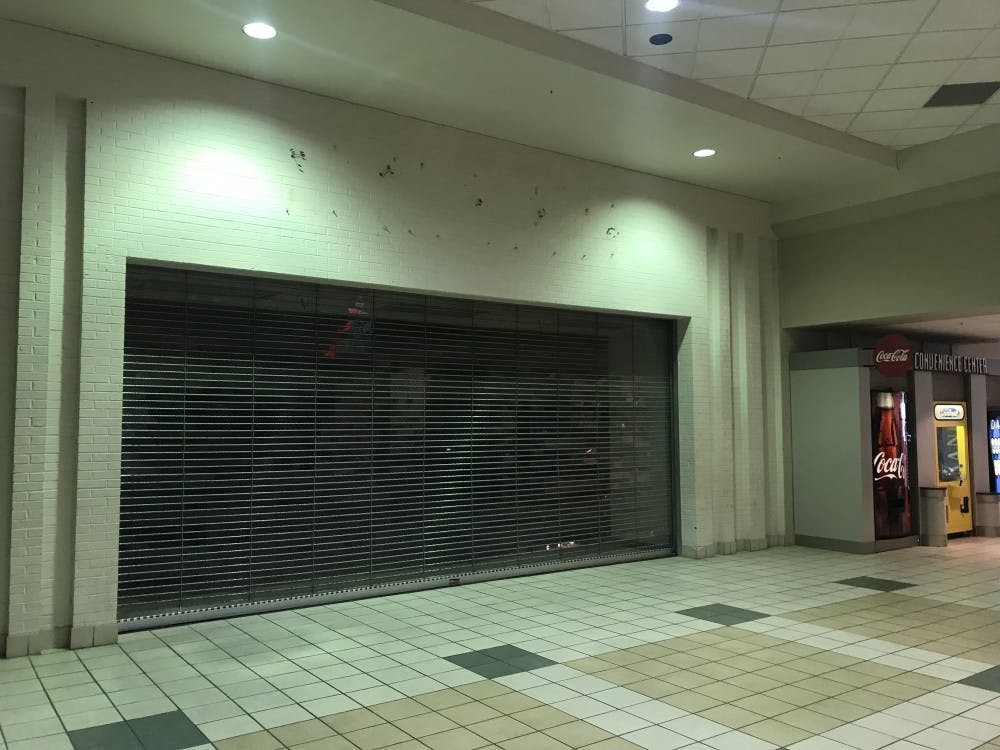The Ball State Energy Action Team put each residence hall to the test this semester and one came out on top.
Johnson Complex had an energy savings of nearly 11 percent in the final week of the BEAT Residence Hall Energy Challenge.
The energy challenge, which lasted four weeks, was intended to make students aware of the amount of energy they consume as well as promote a sustainable lifestyle on campus.
Many students living off campus understand the shock of an electric bill and the effect of leaving electronics plugged in or lights on at home. For the residence halls, these factors can be sometimes be overlooked, said BEAT member Megan Gish.
"Students realize what they can do that will help them save money if they move off campus and also help the university with the sustainability commitment," she said.
For consistency, BEAT created a baseline average over two years of electricity consumption for each hall, then monitored the changes. For new halls, the group used the most recent usage as members of Facilities, Planning and Management checked the meters each week.
"It was a program trying to change the behavior of students on campus," Gish said. "We focused on taking the stairs not the elevator, turning off lights, unplugging electronics and using compact florescent light blubs."
The winner received an unplugged lamp trophy, exclusive use of the climbing wall and equipment at the Recreation Services' Outdoor Pursuits Center during the Energy Challenge Awards Ceremony and a pizza party from Dining Services. BEAT members said the challenge was less about the prizes and more about the message.
Though the competition is over, BEAT reminds students they should still consider their energy usage and carbon footprint.
"Right now the biggest thing we want to do is learn, learn, learn and find out what ways we were effective and reached students," BEAT member Kurtis Moss said. "We want to know how we can be most efficient for Ball State because BEAT is about getting people engaged and involved and safe energy."
Standings:
Johnson Complex - 10.9 percent reduction in energy
Studebaker West - 10.3 percent
LaFollette Complex - 7 percent
DeHority Complex - 4.6 percent
Elliott Hall - 4.5 percent
Woodworth Complex - 4 percent
Park Hall - 3 percent
Noyer Complex - 2.7 percent
Kinghorn Hall - 0 percent




